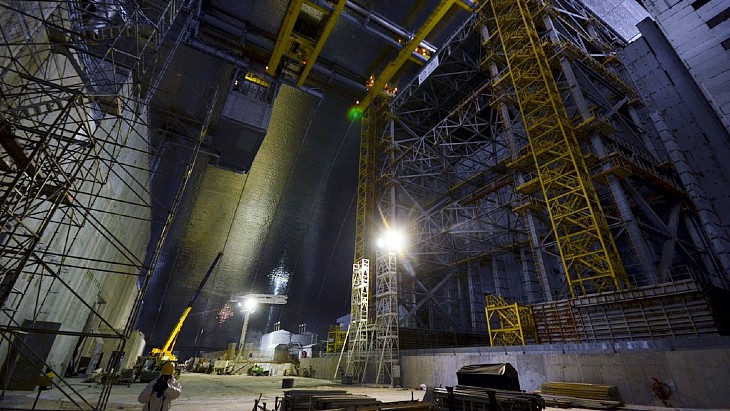ALL CAPITALI$M IS STATE CAPITALI$M
Commerce Secretary Gina Raimondo speaks during a House Subcommittee on Innovation, Data, and Commerce on June 26. She announced a $750 million investment to help North Carolina's Wolfspeed build a facility on Tuesday. File Photo by Bonnie Cash/UPI | License Photo
Oct. 15 (UPI) -- The Biden administration said on Tuesday that North Carolina's Wolfspeed Inc. has entered into an agreement with the Commerce Department to receive $750 million to help create a new silicon carbide wafer manufacturing facility.
The plant, which will be built in Siler, N.C., will help the country build a reliable domestic supply of semiconductors during the artificial intelligence boon and future energy economy, the Commerce Department's National Institute of Standards and Technology said in a statement.
The funds will come from the CHIPS and Science Act.
"Artificial intelligence, electric vehicles and clean energy are all technologies that will define the 21st century and thanks to proposed investments in companies like Wolfspeed, the Biden-Harris administration is taking a meaningful step toward reigniting U.S. manufacturing of the chips that underpin these important technologies," Commerce Secretary Gina Raimondo said in a statement.
Related
Wolfspeed said it is the largest producer of silicon carbide technology in the world, pioneering the technology more than three decades ago. It is one of the fastest-growing components of the broader semiconductor industry.
"As a key player in the semiconductor industry, this proposed investment will enable us to solidify our leadership position with a first-of-its-kind 200-mm silicon carbide manufacturing footprint in upstate New York and central North Carolina, while contributing to the resilience and competitiveness of the U.S. supply chain," said Wolfspeed CEO Gregg Lowe said in a statement.
North Carolina Gov. Roy Cooper said the CHIPS and Science Act is allowing local semiconductor companies like Wolfspeed have an international impact by building their domestic capacity.
"Wolfspeed is a homegrown semiconductor innovator and manufacturer creating great jobs in North Carolina and it's important they receive this major grant," Cooper said.








